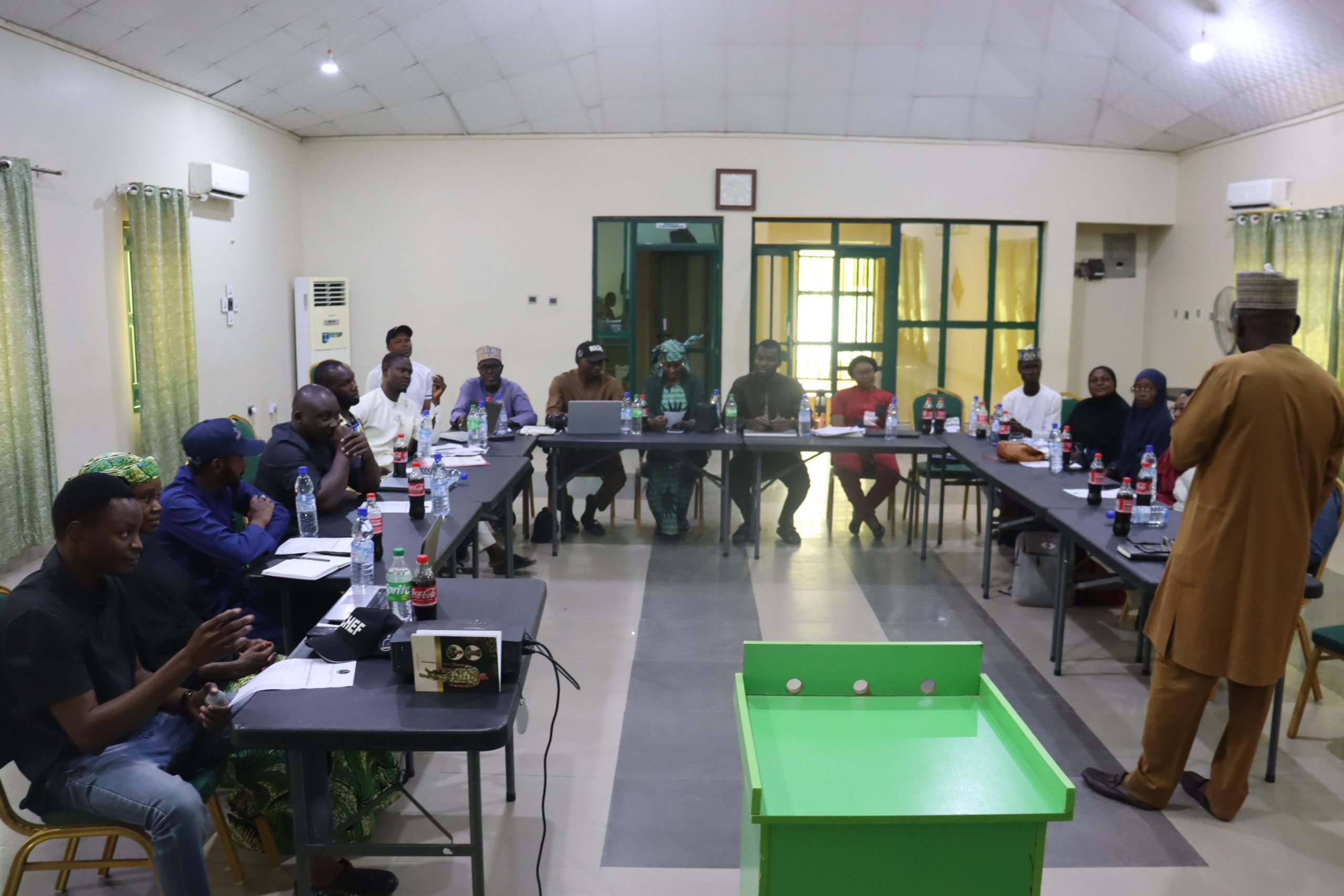UNHCR Moving 452 Displaced People Out of Shacks to Decent Houses
From Emmanuel Samuel, Yola
UNHCR, the UN Refugee Agency, is leaving no stone unturned to ensure that Internally Displaced People (IDP’s) and host community members in Adamawa State are removed from their shacks to live in decent houses they will call theirs.
To make this vision realistic, the organisation has already commenced the construction of 226 housing units for 452 households in Labondo community, Girei Local Government Area, Adamawa State in North-East Nigeria as a settlement for very vulnerable IDPs and host community members, who are being selected through a scrupulous vulnerability screening process.
The beneficiaries becoming landlords is no longer a dream as work has already intensified on the local integration settlement project.
Before the start of the project, UNHCR trained the first 50 beneficiary workers, including 35 IDPs and 15 host community members, who are now using sophisticated machines in molding the bricks being used in constructing the structures.
This has not only provided jobs for these displaced people, but it has also given them a means of lifetime livelihood.
Worldview Magazine Correspondent, who visited the project site at Labondo community in Girei Local Government Area, Adamawa State, spoke with Ishaku Kutiku, Site Engineer, and he said, “Work started at the site on 22 February 2022 with excavation of the land and molding of blocks.
This has been followed by the building of the foundations and houses, which include 452 semi-detached structures, each containing two apartments.”
He stated that UNHCR has ordered for three more machines which will help to increase productivity at the site and ensure that the first 50 structures are completed between May and June 2022.
Corroborating the Site Engineer, Oveye Michael, a consultant from Hydraform Nigeria, said work was in high gear to meet the deadline for the completion of the project, which happened to be disrupted by the Sallah break.

“To the best of my knowledge, we are on course. Although we had challenges with the Ramadan fast, Sallah festivities, and logistics from the office, work is progressing normally,” Oveye said.
He further disclosed that the work is being run by some 100 trained male IDPs, while regretting that female IDPs and host community members were not showing interest to join the training even after UNHCR Representative in Nigeria stressed the need for equitable gender representation in the training.
The trainees were specially taught to operate acquired hydraform machines in producing blocks and interlocking stabilized soil bricks and construct houses using the hydraform technology, a method which uses bricks made from laterite and cement.
The advantage of the structures at the Labondo project is that with the molded bricks, the superstructures are simply interlocked without using cement.
Oveye’s major role in the project is to train the interested people, certify them as qualified to work, before issuing them with certificates at the end of six months on the job.
He said based on the quality of the laterite selected, the bricks molded, and other materials chosen for the construction, the structures or houses are designed to last for 120 years.
It is worth noting that the Labondo local integrated settlement project, which also has a semi-detached durable latrine for each housing unit, is supported by the United Nations Central Emergency Response Fund (UN CERF), with the collaboration of the local authorities.
So far, three boreholes have been drilled at the site, with two already functional and serving in the ongoing construction work on the over 15-hectare land given by the Girei district council, with the support of the Adamawa State Emergency Management Agency.
The project has three components, including shelter, nonfood items, and livelihood, which are meant to improve the living standard of the beneficiaries.
At the time Worldview Magazine visited the project site, it was gathered that selection of the 452 beneficiary IDPs and host community members was meticulously being done to ensure that only the very vulnerable people are given the opportunity to own these houses.

Most of the over 2.0 million internally displaced people (IDPs) in the Borno, Adamawa, and Yobe (BAY) States live in protracted displacement or situations where the process for finding durable solutions is always stalled, and/or where IDPs are marginalized because of violations or a lack of protection of their human rights, including economic, social, and cultural rights.
Solutions to their problems are largely absent or have failed and IDPs remain disadvantaged and unable to fully enjoy their rights.
To UNHCR, therefore, the local integration of IDPs is the preferred and most easily achieved durable solution. To achieve local integration, IDPs’ primary needs, their livelihoods, and alternative economic opportunities must be provided.
Consequently, UNHCR has identified local integration in the Girei area of displacement as a durable solution for IDPs and host community members in Adamawa, even as it works with the Nigeria Government for voluntary and safe return of refugees to their places of origin or their resettlement in other safe locations.











































